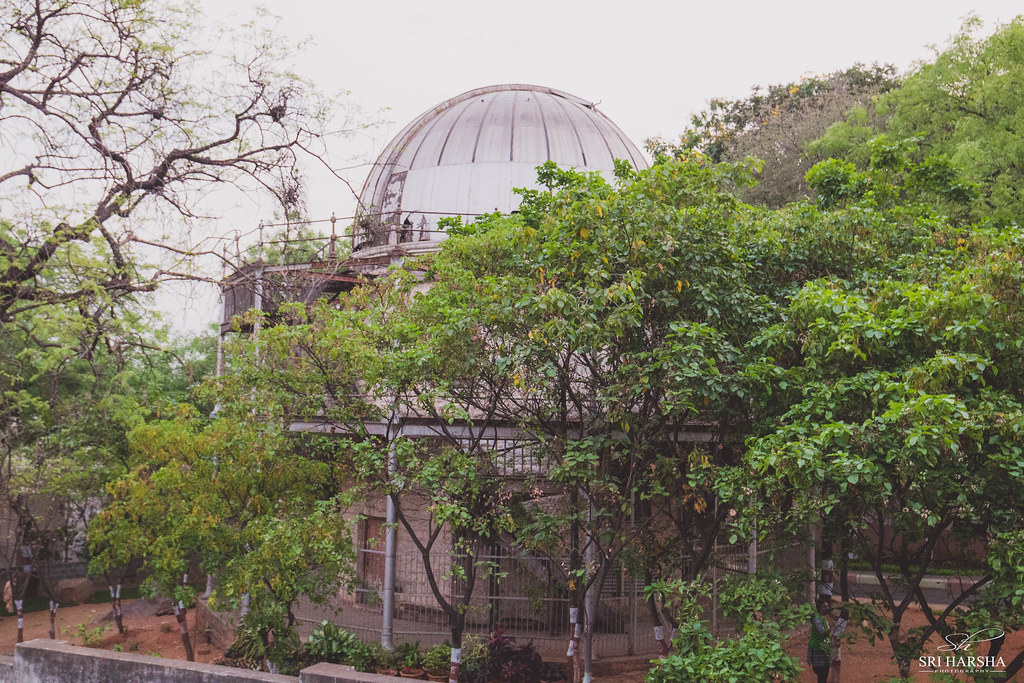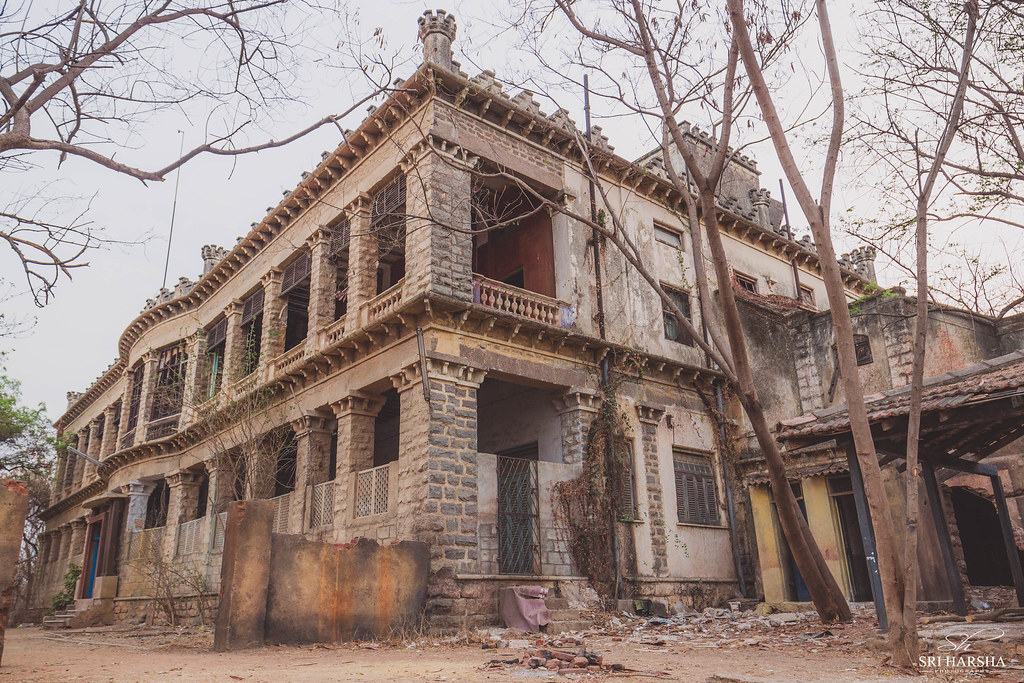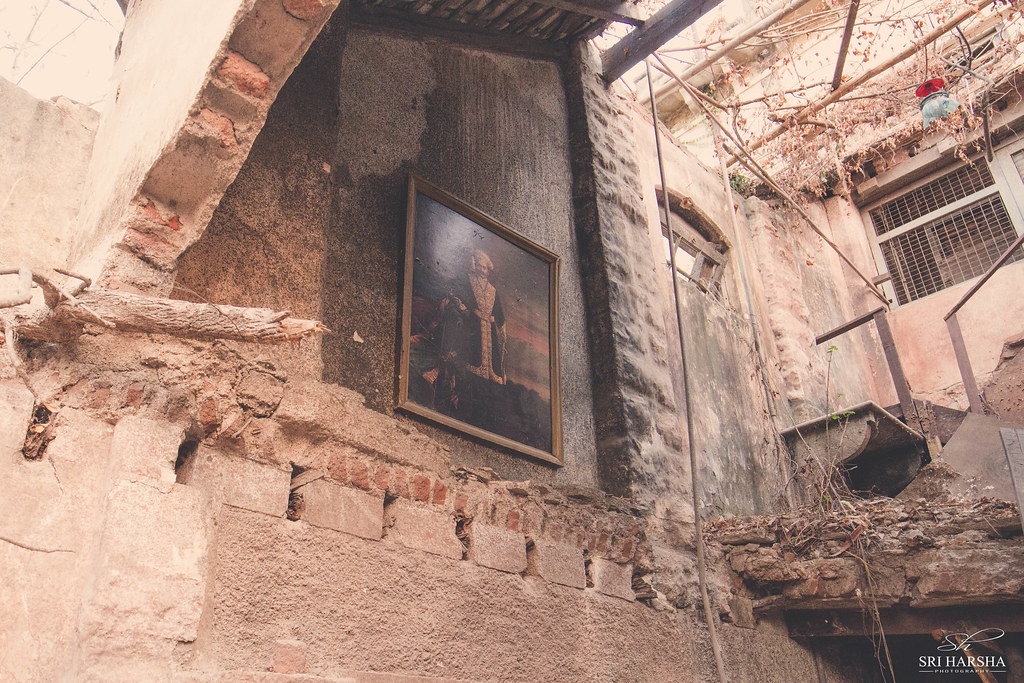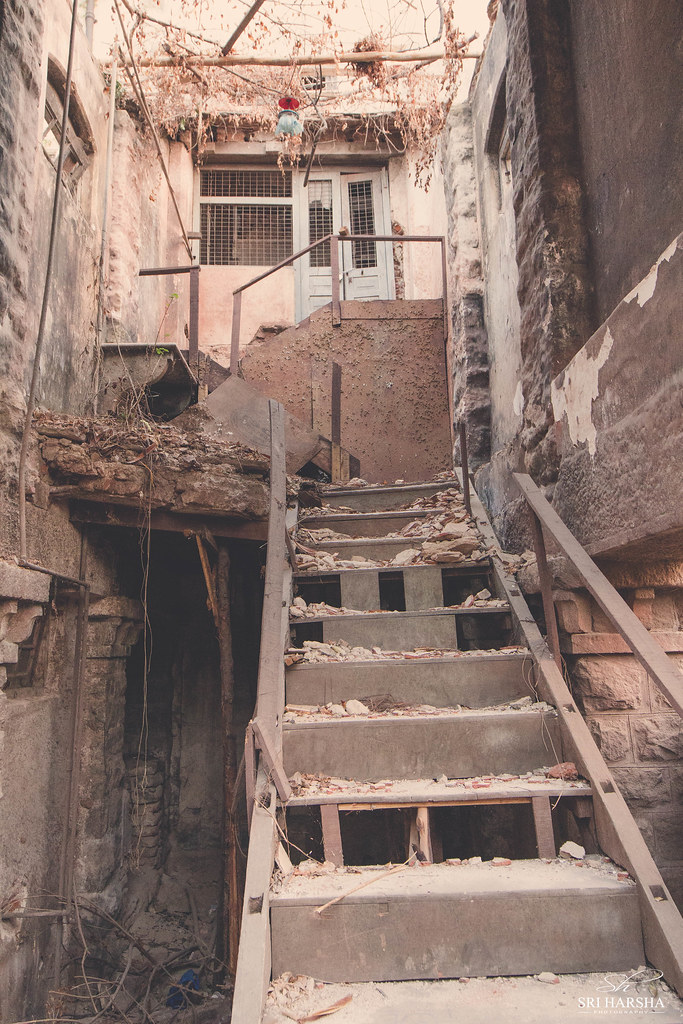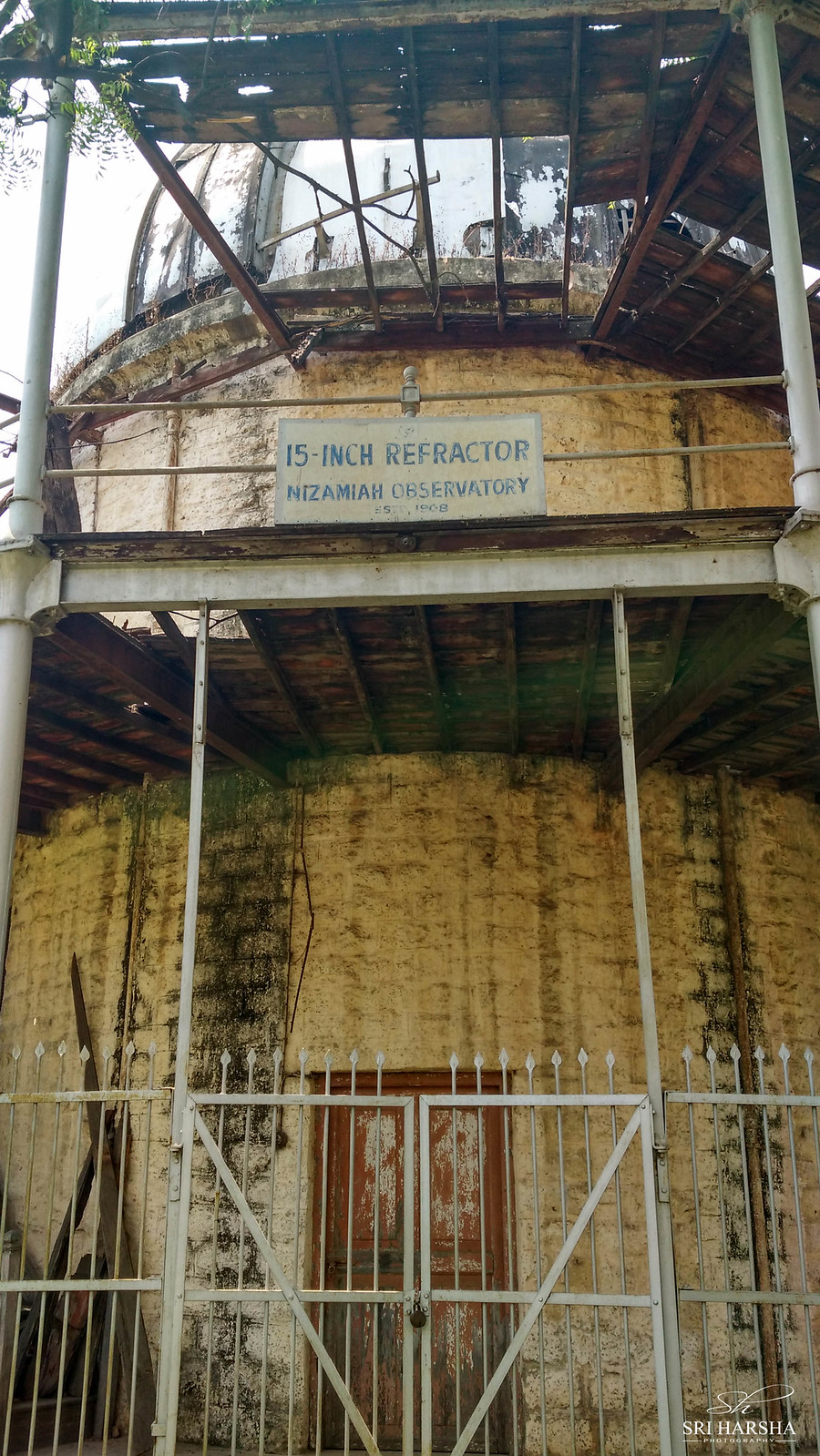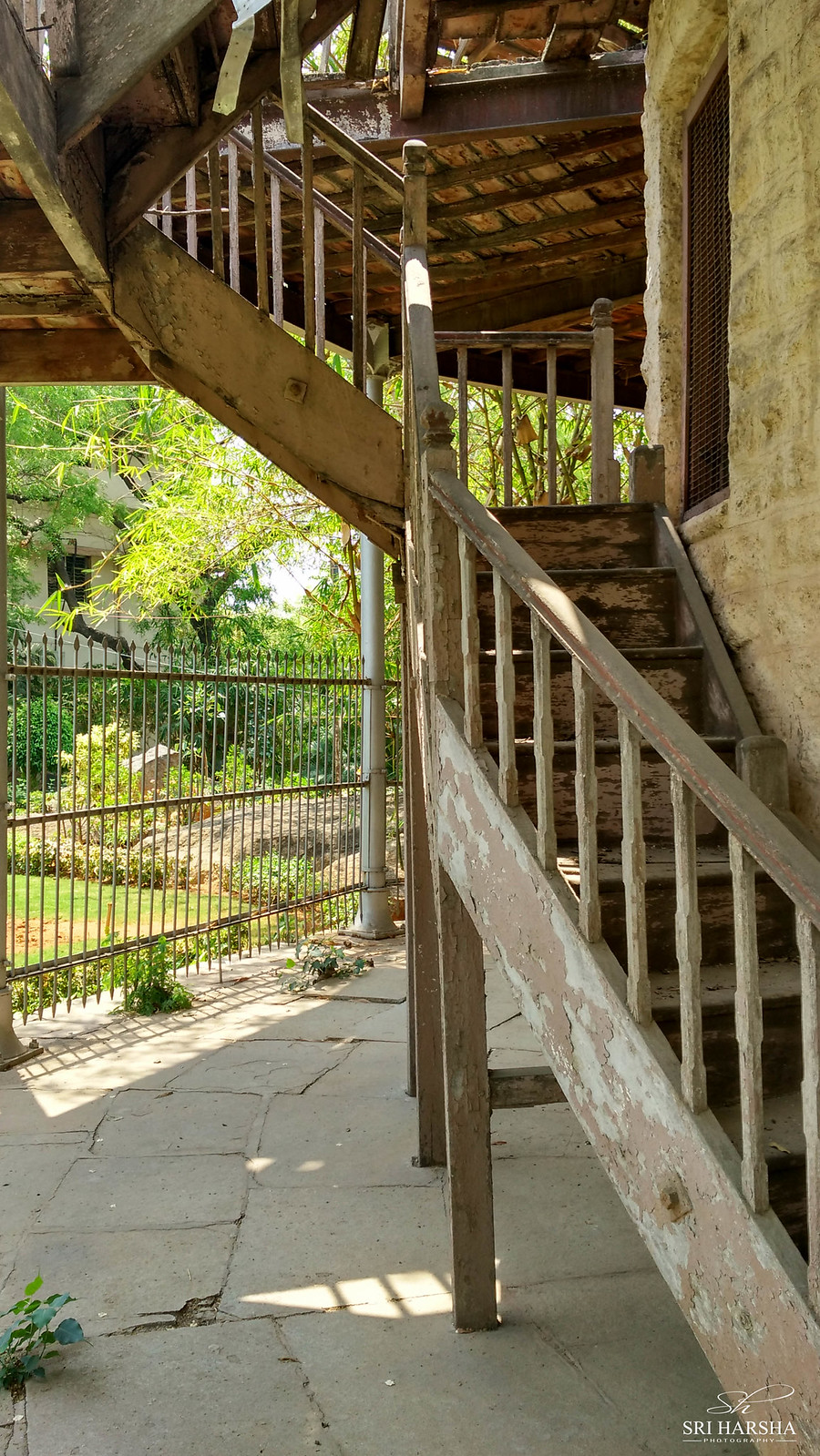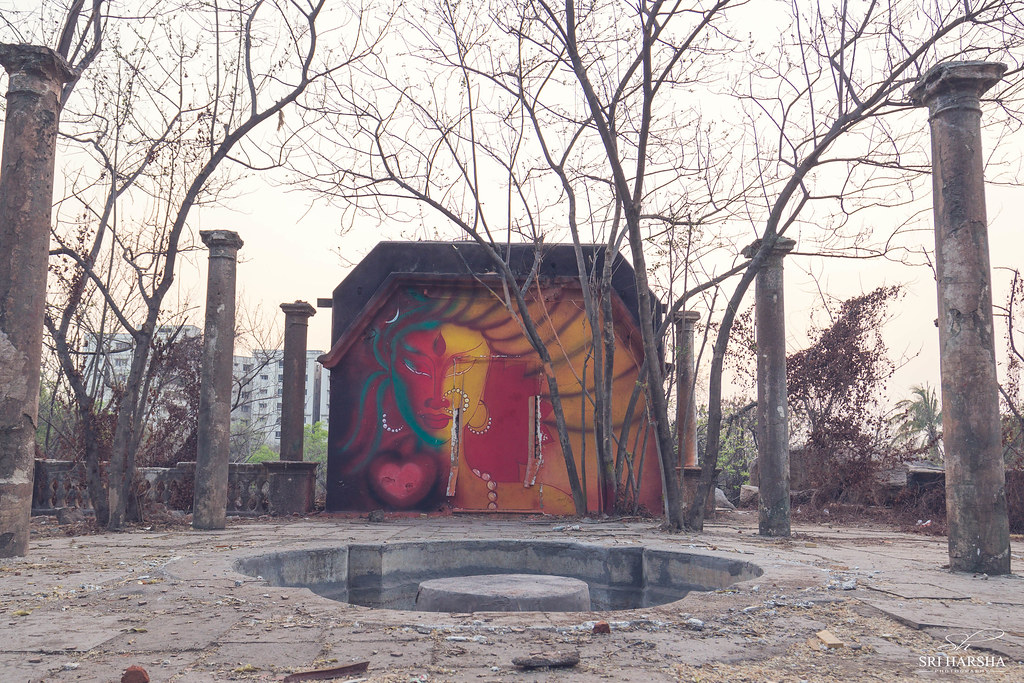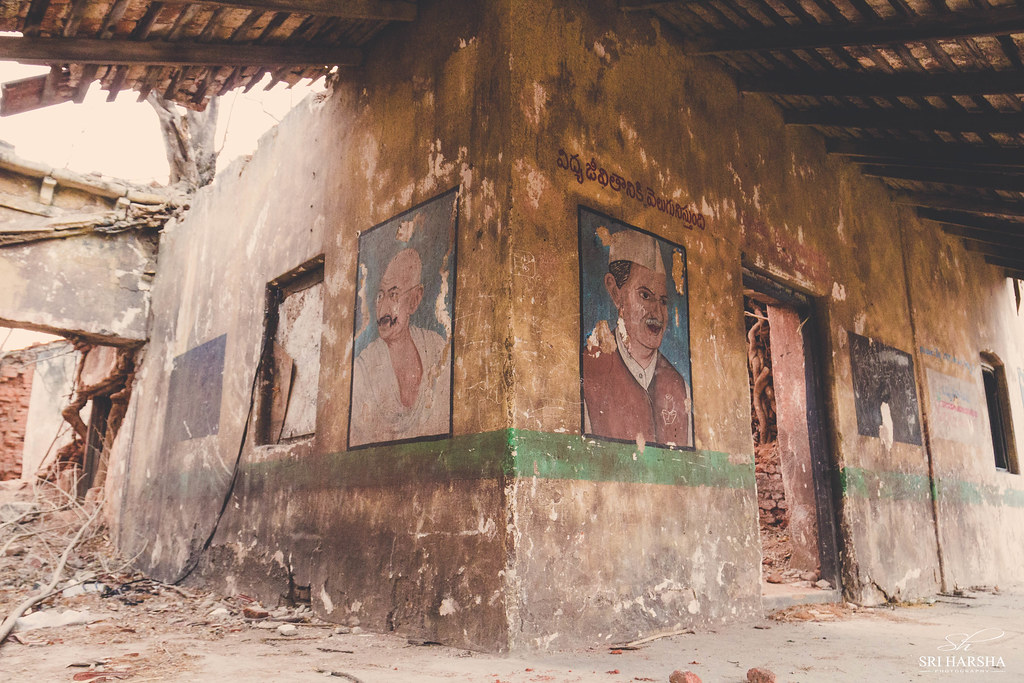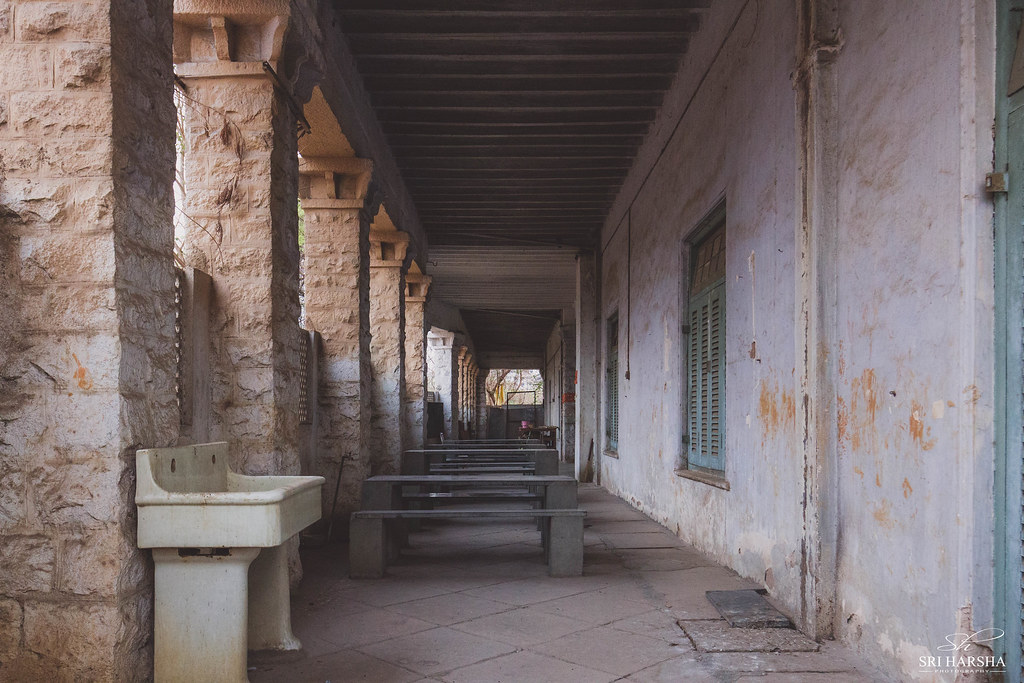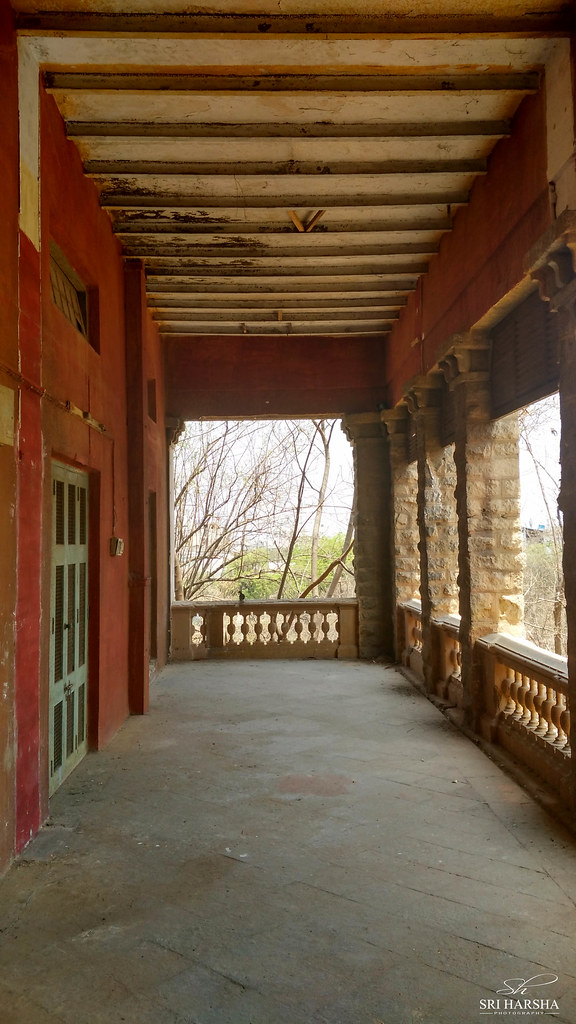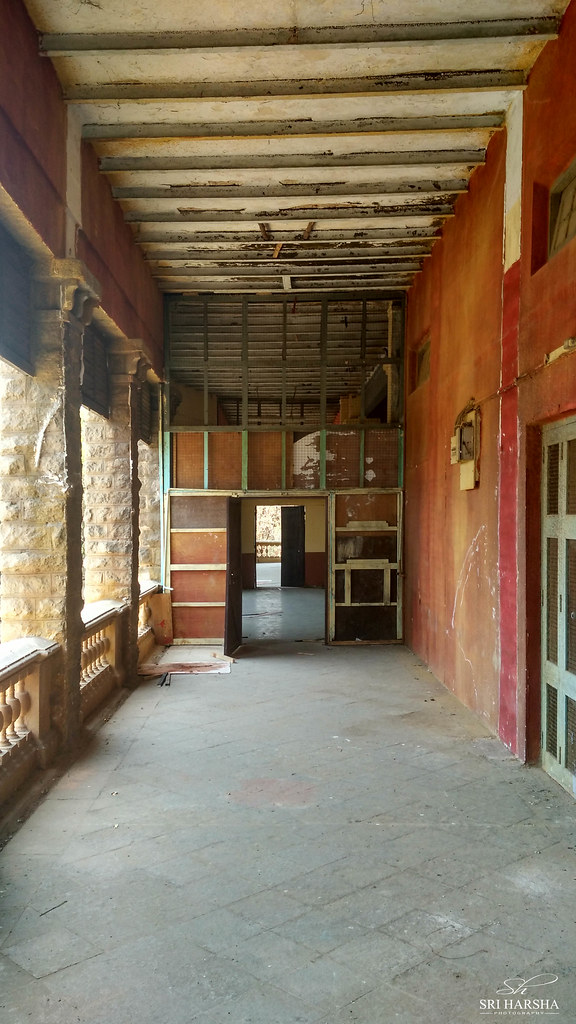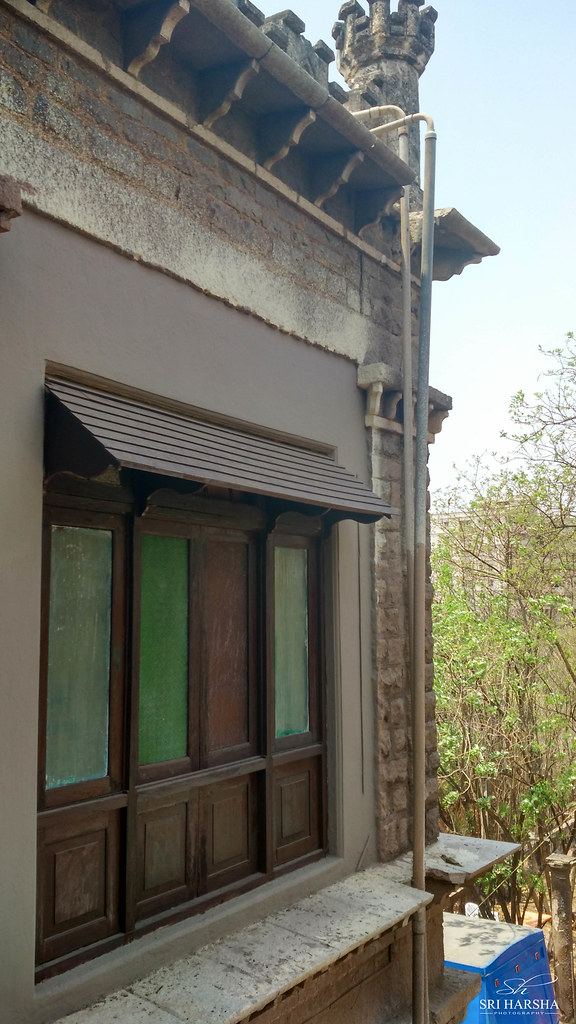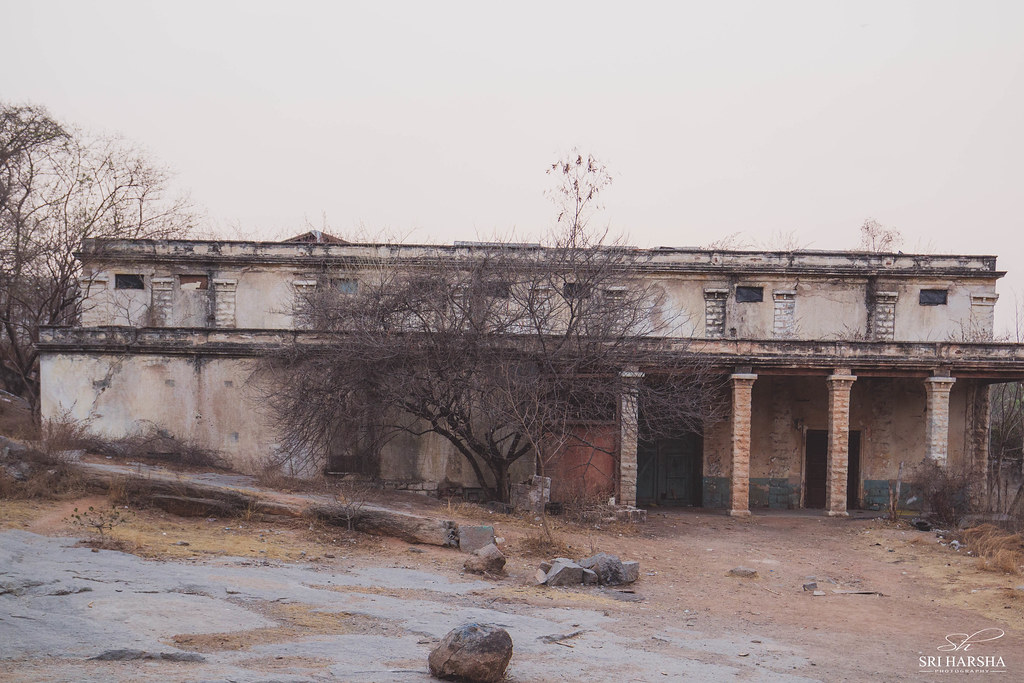The sky and stars have always been the most fascinating things to explore for mankind. A product of that were three state-of-the-art observatories that were founded across India, one of which was the Nizamia Observatory set up right here in Hyderabad, which was located at Begumpet for the longest time.
It was started in the year 1907 by Nawab Zafar Yar Jung Bahadur, the minister of defence during the sixth Nizam, Mir Mahboob Ali Khan’s reign. On his return to the country from England, he brought along with him a small telescope, a Grubb refracting telescope with a 15-inch diameter and an eight-inch Cooke astrographic camera, with the idea of starting an observatory in Hyderabad. He initially started the observatory at his estate at Phisalbanda. And that was how the foundation for the country’s second oldest observatory was laid. Nawab Jung expressed his interest in a letter to the Nizam, stating: “When this observatory building is constructed, it will be one of the greatest observatories in India. If your Highness approves, I will designate it the ‘Nizamia’ or ‘H.H. the Nizam’s Observatory. Zafar Jung died in 1907, and as planned his observatory was taken over by the government. Thus, ironically, the formal establishment of the observatory had to await the founder’s death.
Scientific contributions
The next year the observatory was formally inducted into an ambitious, ongoing,
international programme called Carte du del (astrographic chart and catalogue). The aim
of this programme was to map photographically the whole sky by assigning various
celestial zones to eighteen different observatories around the world. The Nizamiah was
asked to take over from the Santiago Observatory in Chile, which had defaulted on the
(17° to 23° S) zone assigned to it. Finally the observatory also ended up doing the
Potsdam zone (36° to 39° N). In the meantime (March 1908), Arthur Brunei Chatwood
was brought from England as the director on a monthly salary of Rs 1000 (about £900 a
year). Chatwood’s tenure was far from being a success. He did not go beyond the
installation of the astrograph at the new site of Begumpet and quit in 1914, unlamented.
Astrographic work could be taken up in earnest only in 1914 with the arrival of Robert
John Pocock (1889-1918). Pocock was the protégé of the influential Oxford professor,
Herbert Hall Turner (1861-1930), and came directly from Oxford and armed with a
special grant. The first usable plate was taken on 9 December 1914, and the first volume
of results published in 1917. When the work finally ended in 1946, a total of 7,63,542
stars had been observed and twelve volumes published. These data were in turn used by
the observatory astronomers to extract information on the proper motion of stars and on
double stars.
Pocock was the last European director of the observatory. On his untimely death in
1918 he was succeeded by his erstwhile assistant, Rao Sahib Theralandoor
Panchapagesha Bhaskaran (1889-1950), who had to wait for four years before getting the
formal appointment. Bhaskaran was a foundation fellow of the Indian National Science
Academy (INSA), established in 1935 under the name National Institute of Sciences of
India. (The name was changed in 1970.)
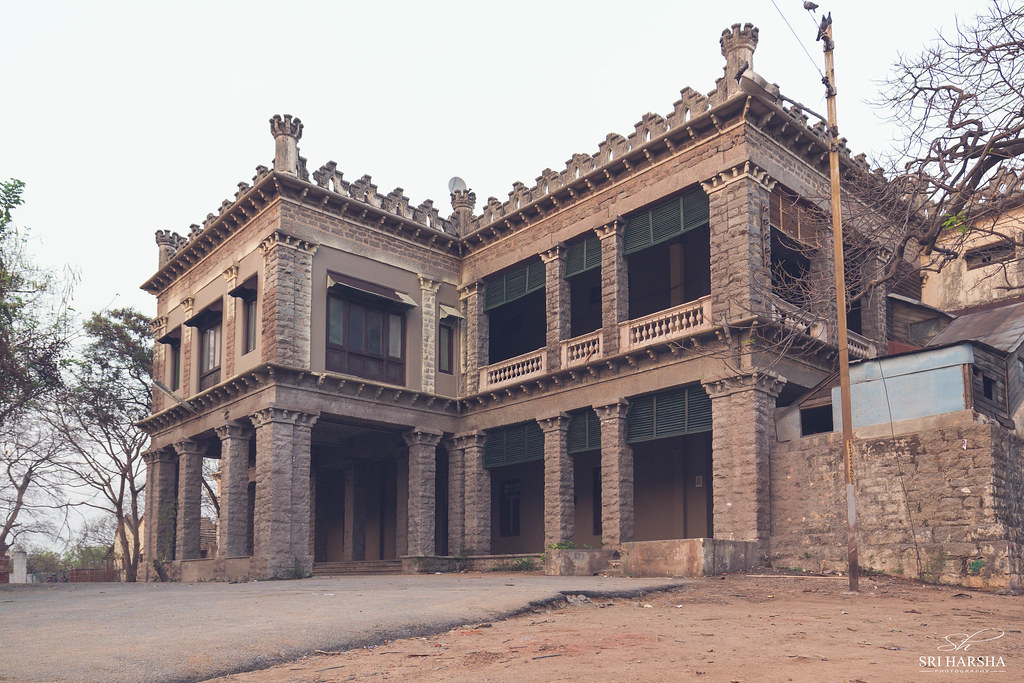
This building is close to the Nizamia Observatory, was the residence of Nawab Jung, which is now being used as a school for mentally handicapped. This campus is a part of Osmania University.
With the course of time, the observatory was shifted from Philasbanda to Begumpet and new additions like the installation of an astrograph were commissioned. These additions became an added advantage to the observatory, giving it a chance to be a part of Astrographic Catalogue (mapping of stars), a project that was conducted by the International Congress in 1909. The Nizamia Observatory successfully completed the photographing and measuring of stellar bands by 1920, giving them scope to explore further. The project was completed in 1928 and the stellar region that was studied (declination -17 to -23 degrees South) was named the Hyderabad South zone. In its work from 1909 to 1928, the Nizamia observatory catalogued a total of 1,260 plates and 293,000 stars.
Apart from the astrographic work, the Nizamiah had other, smaller, irons in the fire.
The fifteen-inch Grubb refractor was at long last installed in 1922 and used for visual
observations of variable stars as well as for lunar occultations. The Sun also received
some attention, thanks to a Hale spectrohelioscope acquired in 1939. The observatory
also did some community service by keeping standard time and preparing government
calendars in Urdu and English..
For an astronomy lab that is one of the oldest in India and a rarity pre-independence, the 100-year-old Nizamiah Observatory is not even a shadow of its former self today. In fact, it has now become a storeroom for cement bags, old furniture, discarded cardboard boxes, and even empty beer bottles!
The two astronomy labs that housed the eight-inch Cooke Astograph and the 15-inch Grubb refractor telescopes decades go are now not strong enough as the wooden stairs leading to the observation rooms are in a shambles.
This is one of the two observation decks or towers, now in the state of complete ruins. You can see the wooden panels have fallen over time.
The outer part of this building has kind of Greek pillars, which could be a part of the observatory or a pavilion in the garden, as we could see a central fountain like structure as well. It could it have been a sun dial or something like that.
Inside the main building
The ground floor is now a school for mentally challenged kids and operates under Institute of Genetics, Osmania University
Second floor is not under use ,except one room which is converted into seminar room
This is the backyard of the main building, with barrack like rooms. From here the stairs lead you some 60 feet down where again there is a big building on the right hand side

Holding such a great and glorious past, Nizamia Observatory is very little known to the present. Leaving such a great monument is ruins is equal to leaving the great past in ruins. Lets hope the concerned authorities work for its restoration
THE NIZAMIA OBSERVATORY By M. Burhan Hussain Till the end of 19th century British India had only two observatories; one at Ootacamund and the other at Nanital. In 1908, Nawab Zafar Jung studied astronomy in England and he returned to Hyderabad along with two telescopes and an expert, whom he promised a net salary of Osmania Sikkah Rupees 1500.00 per month. He offered the telescopes to the Nizam, who ordered the installation of the telescopes at Begumpet, where they remained for the next 50 years. Mr. Chatwood, B. Sc. FRAS was appointed as its Director in 1908 and he was succeeded by M.R.J. Petcock, B.A.FRAS in 1924, who was succeeded by the famous astronomer Rao Saheb T.P. Bhaskaran, M.A. FRAS, F.N.I. in 1929. Mr. Chatwood and Mr. Pocock published two volumes of results that were completed in 1918. The whole work of the ‘Carte due Ciet’ Hyderabad Section was completed under the direction of Mr. T.P. Huascaran, who had published the remaining volumes of the astrographic catalogue and this brought the work to a successful conclusion. In 1923, the equatorial telescope by G. Rubb was erected and a seismograph, Milne-Shaw pattern, was installed for the study of earthquakes and a second machine was added in 1929. A special underground chamber was constructed to house these delicate instruments. In 1928, at the request of the International Astronomical Union, the section of the sky originally allotted to the observatory at Potsdam(Germany) was undertaken by the Nizamia Observatory. The work of measurement and reduction was completed and three volumes were published by the International Astronomical Union A blank comparator for rapid comparison of astronomical photos was added to the equipment in 1938. The proper notion of about 200 stars exceeding a sixth of a second per year was determined on the suggestion of Government of British India. In 1929, a pilot balloon station for observing upper air conditions was attached to the observatory. The flights were arranged in cooperation with Meteorological Department of the Government of British India. The observatory published ‘Astrographic Catalogue – Hyderabad Section’ in four volumes in cooperation of the International Astronomical Union. The Nizamia observatory also maintained records of earthquakes and rainfall in the Nizam’s state.
After independence the observatory received special grants for its modernization. When the 40 inch (1.2 metre) reflector arrived in 1968, it was erected at a new site named Japal-Rangapur after the two neighbouring villages not far from Hyderabad. In 1983 the Nizamia Observatory was also shifted from its old Begumpet site to a new building in the Osmania University campus. Now both the observatories, Nizamia and Japal-Rangapur, function under the Department of Astronomy, Osmania University.
If you liked this article, kindly subscribe to the blog for getting further updates
How to Reach
